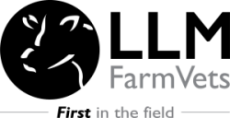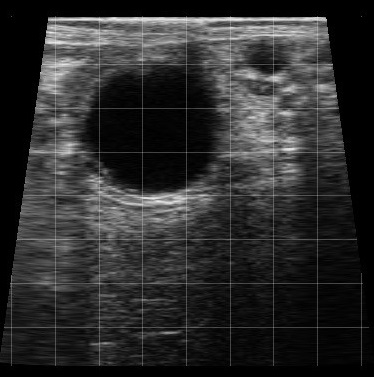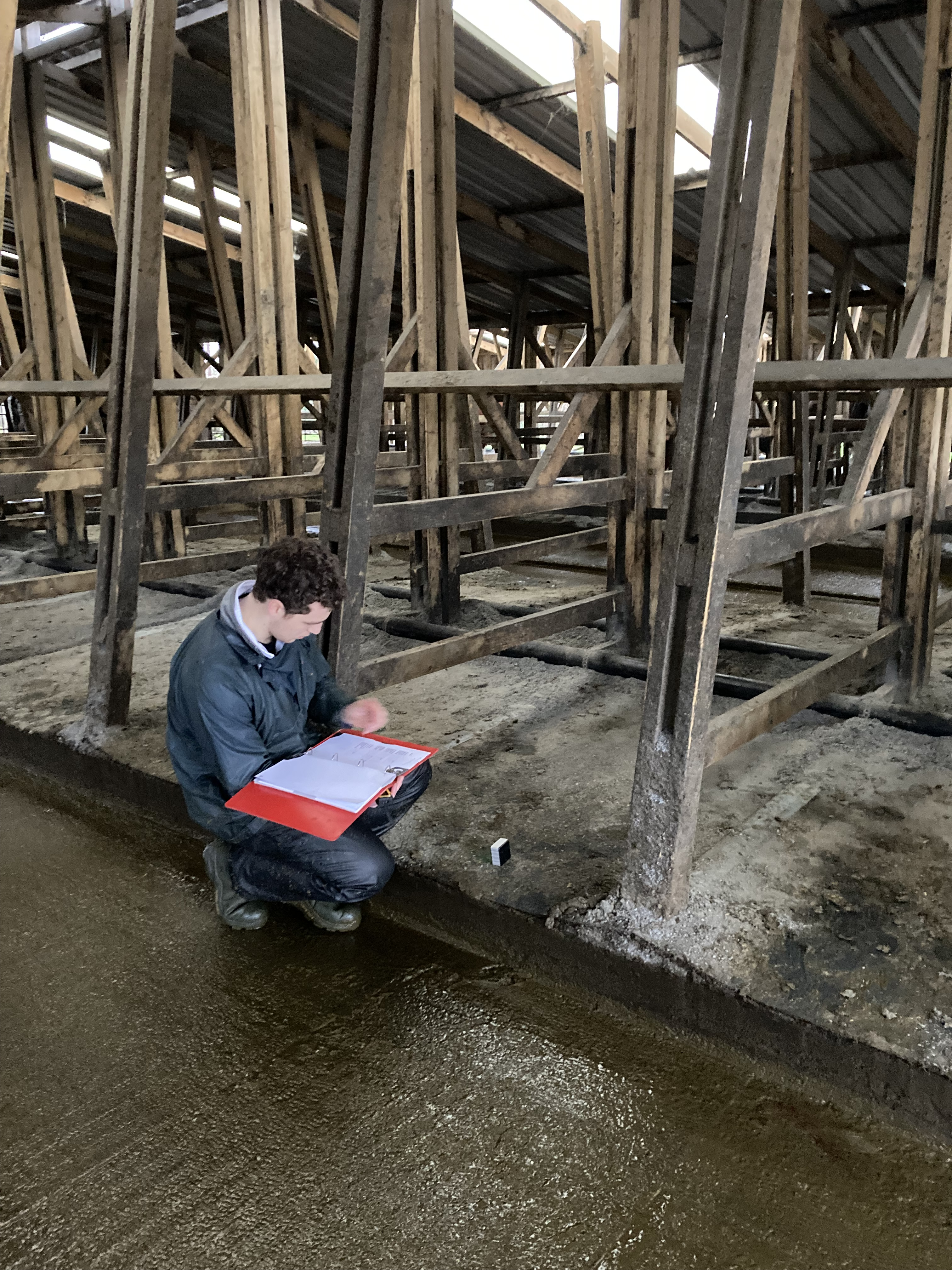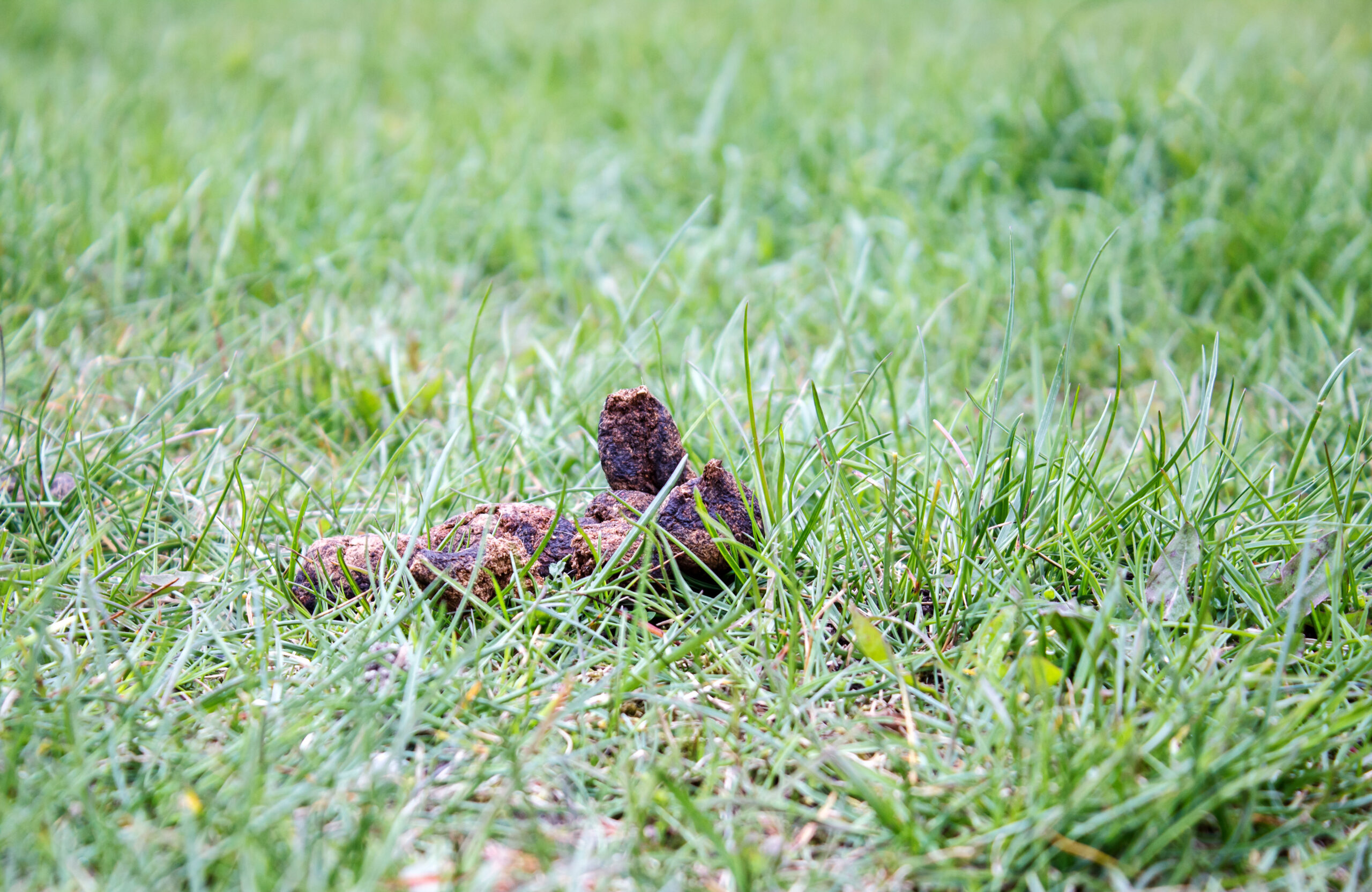Downer cows are a common challenge on dairy farms. Caring for them can take up a significant amount of time and how we go about it will have a big impact on the chance of recovery.
In addition, these animals have the potential to become a welfare issue and there have been cases where how they are handled has been used to paint the industry in a negative light. Therefore, it is very important that we do what we can to care for these animals in a way that maximises their chance of recovery and protects both the individual farm and the wider industry from potential criticism.
Examination
A careful examination is needed to identify the primary cause of the cow going down. If you are not sure of the cause, please contact a vet for advice or a visit.
The causes of downer cows
The primary reasons for cows to go down generally fall into one of three categories – metabolic, toxic and traumatic. These need to be addressed as a matter of urgency and if the cow is not responding to treatment, then the outlook starts to become gloomier. Around 40% of all ‘downer cows’ are due to metabolic issues, generally hypocalcaemia (milk fever). You might also want to consider magnesium and phosphorous. Toxic causes include mastitis or metritis. Traumatic causes include fractures or injuries to the legs or pelvis or nerve/ligament damage following a difficult calving or ‘doing the splits’.
Once down for over 24 hours cows can start to develop muscle and nerve damage to the back legs, leading to an ever-reducing ability to rise and recover successfully. This is because the muscles of the hind limbs can be compressed by the weight of the cow leading to a reduction in blood flow. Larger, heavier cows on harder surfaces do worse than smaller, lighter animals on a softer surface. The level of nursing care and attention to the animal’s needs will directly influence the outcome and success of treatment.
Treatment and nursing care
- If required, move the cow onto a soft, clean area. This must be done carefully without causing further injury (see section on moving downer cows). Deep straw (40-50 cm) or deep sand (20- 30cm) are suitable or a dry paddock if the weather allows. Down cows which are outside may require protection from the elements during bad weather.
- Provide good quality feed and clean fresh water at all times. Putting the bucket in a tyre can help prevent the cow from knocking it over. Remember that a cow will drink up to 100 litres of water per day, so a generous supply is required. If the cow is not drinking well or is dehydrated, then she should be given fluids with a stomach pump.
- Assist the cow to stand up as frequently as possible (ideally every 6 hours) to minimise the onset of muscle and nerve damage. If she is not able to get up with assistance she should be turned onto the opposite side and the leg moved to promote blood flow.
- Milk the cow by hand or with a portable milking machine to reduce the risk of mastitis.
Use of a hip hoist
Information amended from the BCVA – ‘Handling the Downer Cow using Hip Hoists’
A hip hoist can be a useful tool to lift downer cows and prevent them from suffering a pressure-related injury. However, inappropriate use can cause serious injury and reduce the chance of recovery. If there is bruising present from previous use of the hoist it is likely that this will cause discomfort when the hoist is attached on subsequent days and the cow will be less likely to stand.
- The cow must be free from any major injury such as a broken leg, dislocated hip or fractured pelvis. If in doubt seek advice from a vet.
- Whenever possible, only lift cows over a soft surface e.g. straw bed or pasture to reduce the risk of injury.
- Attach the hip hoist firmly around the hook bones. If the hoist is loose it can slip and cause injury. Lift the cow slowly with a loader or tractor as vertically as possible until into a normal weight-bearing position. The idea is just to help the cow to stand, not to lift her up in the air. If the entire weight of the cow is suspended through the hip hoist it is likely to cause injury and decrease the chance of a successful recovery.
- If the cow is unable to push up and bear weight with her front legs she will require additional support. Use a wide strap or feed bag behind her front legs in her girth area (see picture).
- Consider the use of non-steroidal anti-inflammatories such as Metacam, Rimadyl or Kelaprofen. Speak to your vet for advice on which products are most suitable for your farm.
Moving a downer cow
A cow should not be carried using the hip lifter. This is likely to lead to further injury which will reduce the chance of recovery. If it is necessary to move a cow that is unable to stand then another method such as a loader bucket should be used. The correct procedure is required to prevent injury to both people and cow. All staff should be provided appropriate training before performing this procedure.
- Fit a halter with a long rope and pull the cow into a sitting position.
- Fit a halter with a long rope and pull the cow into a sitting position.
- Pull the head round towards the back of the cow and tie it to the back leg before rolling her into the bucket
- To unload the cow, carefully lower the bucket then untie the head and pull/roll the cow out of the bucket.
Key Information
The longer the cow is down, the less the chance of her making a recovery. Ongoing assessments should be made throughout. If the cow is bright, alert, responsive, eating, drinking and attempting to rise then recovery is possible. However, if the cow becomes listless, stops eating/drinking or is losing condition or getting weaker then euthanasia must be considered.
Downer Cow Training Course
A course can be run on your own farm and will equip you and your team with the knowledge and skills to provide the optimal care for downer cows in order to maximise the chance of a successful recovery and ensure that good welfare standards are maintained. The course will cover the causes of downers cows, their nursing care and the methods of lifting and/or moving them. If you would like more information about this course, please speak to you vet or give the office a call.












Leave A Comment